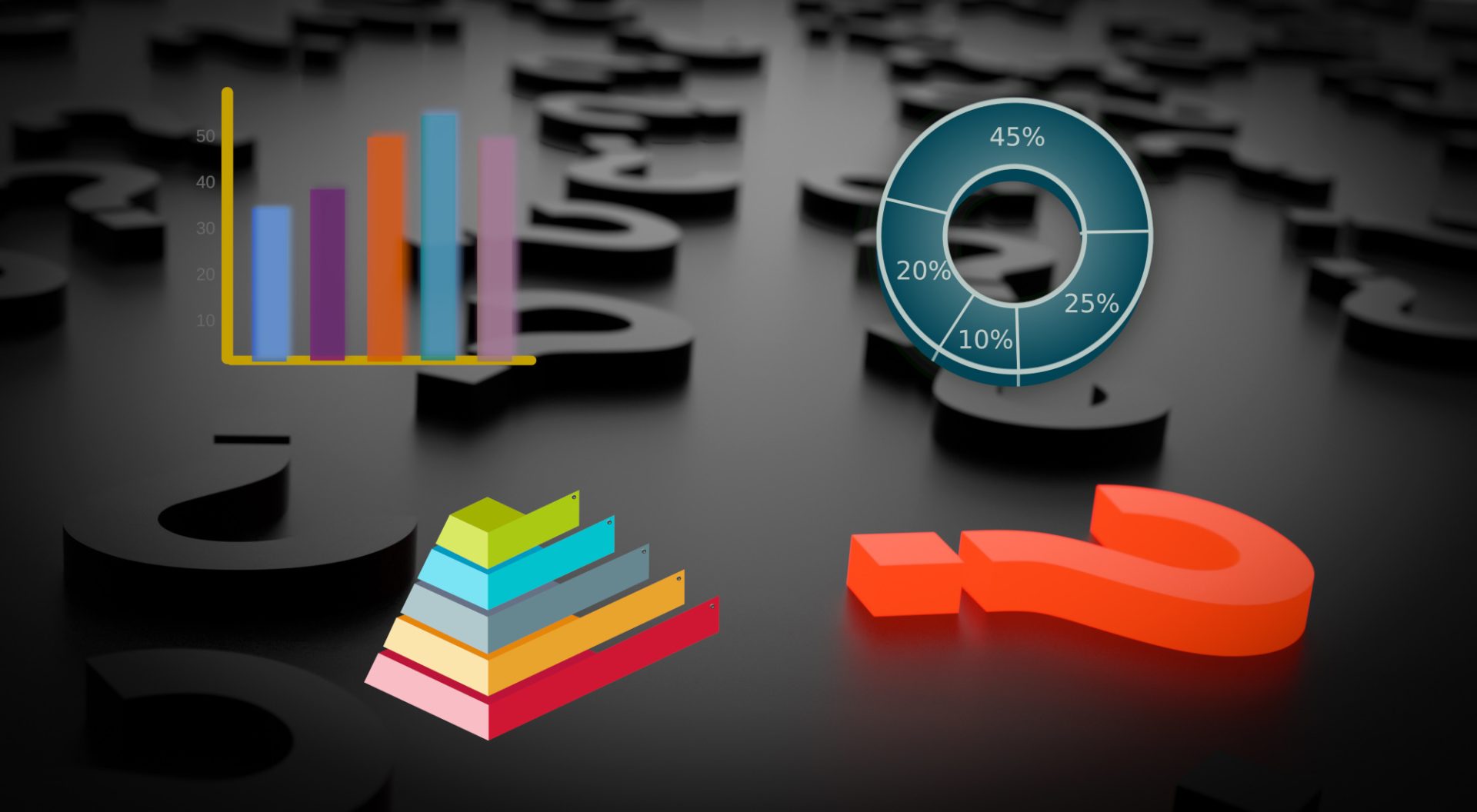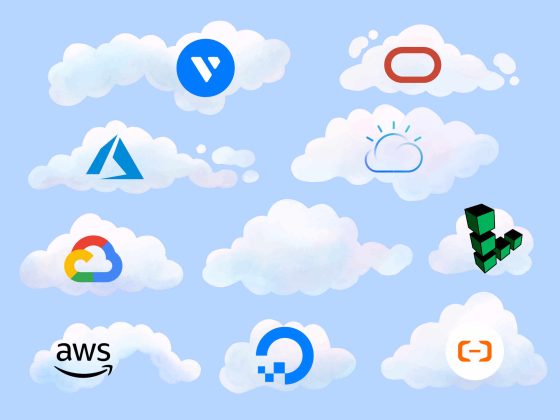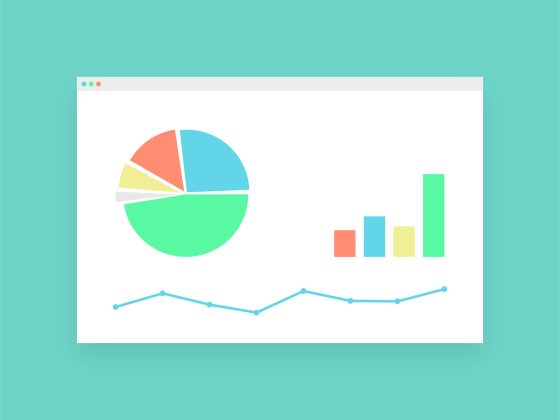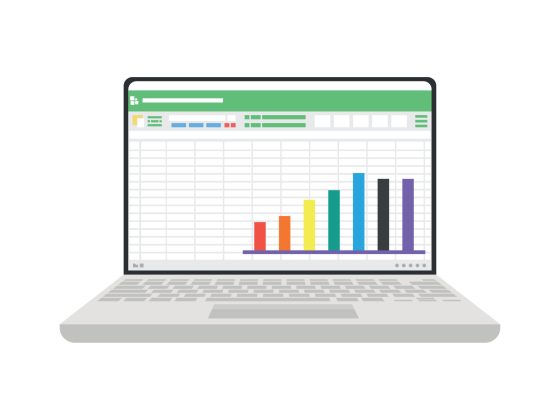What comes into your mind when you hear or see “Data Visualisation”. It’s probably chart or graphics. That is correct, but that is not all it is.
“Data visualization is the representation of data through use of common graphics, such as charts, plots, infographics, and even animations. These visual displays of information communicate complex data relationships and data-driven insights in a way that is easy to understand.”
IBM
From it’s definition you can already see it’s objective. To make data easier to understand. That is in it’s essence, the purpose of why we make data visualisation. Here have some key points to consider when making a data visualistion
What is the nature of your data?
The nature of the data is important. It usually is a collection of records taken within a period of time. It could be a daily transaction or sales of a grocery, the number of times you have eaten in a specific restaurant, or one of the most common sources and use of data is stocks. By default even without creating a graphics your data will already show something. Now it is up to you to make use of it.
What you want the audience to understand?
Now that you have a source of data, you need to identify what your audience need to realise after seeing your visualisation. One thing to make it easier is that your design should make it easier and faster to understand your point when comparing it when they are just given the data plainly. If they did not understood the purpose of the graphical representation then it can be considered a failure and should reconsider a redesign.
Showing it to someone and asking for opinion is a good start. It might be hard at first to do this yourself, as there may be some bias. But in the future, you should be able to switch to a different perspective or even a persona when looking at your own design. Somewhere along the line “If I were this type of person who does not know anything about this line of work and see this, what would I realise or understand from it?”
What you really want to say?
If you have created a visualisation that makes people understood the visusalisation, you can safely say that you have created something to look at too. Your audience might be everyone specially when publish publicly. But it could also be a team in your company.
With this in mind, have you conveyed what your objective is for this graphics. It’s also possible that it can be misunderstood to look at. An example is that you have created a chart that shows the sales of your product. Instead of showing that the sales have been decreasing due to lack of marketing, it was blamed on the engineering or production team.
Remember that data can be misinterpreted. It can even be manipulated. What you convey depends on how you represent the data.









